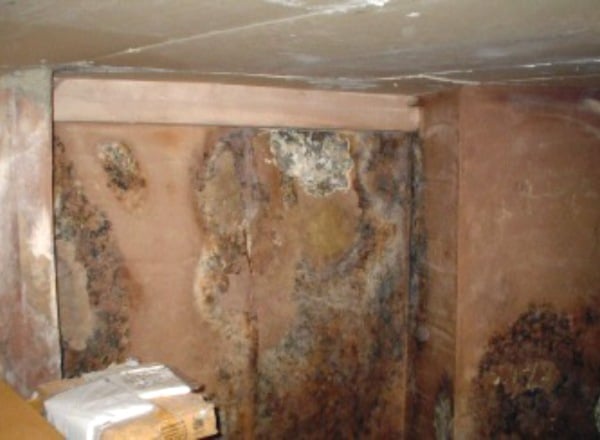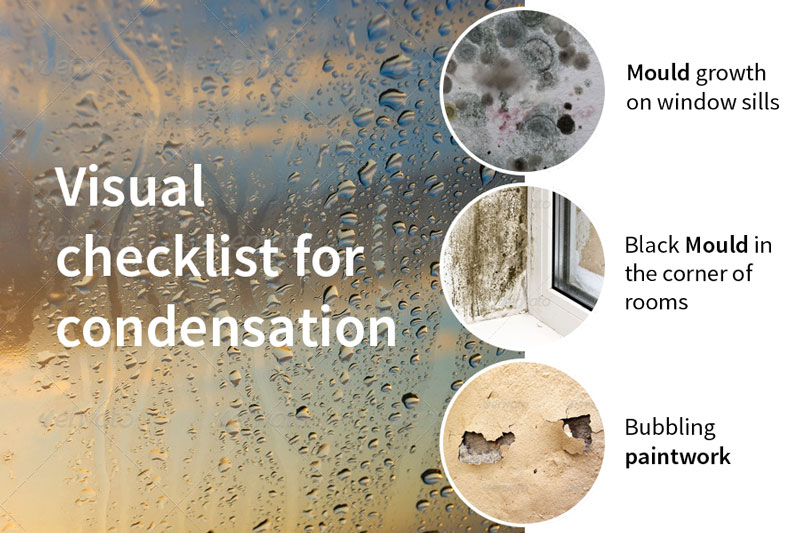We offer a full 20 year guarantee on any new Damp Proof Courses we install.
Penetrating Damp Treatments in Manchester
We at Manchester Damp Proofing have seen and treated many penetrating damp issues, penatrating damp normally manifests at heights of above one meter, in most damp proofing cases rising damp will rise to a maximum of 1 meter in height unless there is something like a half tiled wall preventing the damp escaping at a lower level. Penetrating damp can be treated in a number of ways but the best way is to stop it at source. This usually involves assessing the outer skin of the building to look for defects and causes of concern, guttering, leaking windows etc.
If penetrating damp is entering the building and it is not rising damp the internal side of the wall can have a membrane applied to it which along with a new damp proof course will cure the issue once and for all. This system is vented by either the subfloor vents or vents installed behind the membrane itself.
Another way is to remove sections of damp plastering works and rebuild using waterproofing materials to stop the damp entering the building.

External treatments are also possible to stop the damp at source but each project really is different and each damp issue must be assessed to provide the correct solution for our clients.
Please feel free to contact us and speak to us about the issues you are experiencing and we will advise you accordingly for free or send a surveyor if it is required and requested which is also free of charge.
Condensation Control in Manchester
Condensation is caused when water is deposited on the cooler surfaces in a building, particularly in winter. The first indication is usually black mould growth in the worst affected areas. This growth is characteristic of condensation because mould needs pure water for it’s growth and development. In severe cases the amount of water may be great, causing pools of water on the floor, windowsills or on clothing and furniture.
Householders often find it difficult to believe that such severe damp problems can be caused by condensation alone. Often they believe there must be some sort of building defect which is usually not the case.
Often, the condensation can occur at low levels where the surface of the wall is coolest, starting in a corner and then spreading along the length of the wall. This may appear to be rising damp and can easily be confused. Our team can expertly identify the type and source of your damp problem to ensure the right remedial treatment is specified.
WHY HAS CONDENSATION BECOME SUCH A COMMON CAUSE OF DAMP?
If the water vapour in the air of a home can escape somewhere, condensation would never occur. When homes were more draughty and open fires common, damp air would mainly escape up the chimney. Houses are now significantly better insulated hence the moisture has nowhere to go and hence condensation problems have grown significantly.
MOULD GROWTH
Mould growth is a typical consequence of condensation in a home. Moulds are often most severe in room corners and on external walls. This is mainly because insufficient ventilation creates pockets of stagnant air in such corners.
For more information about condensation control please contact Manchester Damp Proofing today.
Rising Damp Treatments Manchester
Rising damp happens when the lower regions of walls are affected by damp from the ground.
In a modern building, a watertight damp proof membrane is placed in block work at a low level, which serves as a barrier against upwardly moving ground dampness. In earlier times, rising ground dampness and its effects were not well known, and with the exception of very far sighted practice, old stone and brick walls were not provided with a damp proof membrane.
The result is that naturally occurring waters from the ground are absorbed by the porous materials of wall construction i.e. bedding and pointing mortars. Furthermore, the absorbed ground waters have the capacity to rise by capillary action, reaching an average height of 1.0 metre. The end result is that the affected walls are permanently damp at a low-level, being visibly affected in the form of damp staining of decorations, breakdown of plaster, deterioration of skirting timbers, window panelling timbers and doorframes.
The Solution:
Our company provides the two main systems by which rising damp is eliminated:
- siliconate or liquid chemicure injection damp proof course
- electro-osmotic damp-proof system.
However, prior to committing to remedial damp proof treatments, with associated disruption and expenditure, it is essential that the actual cause of low-level dampness is established.
Other factors could contribute; such as pipe leaks, incorrect level of damp proof course, defective floor, or high external ground levels.
Timber Treatments
 Manchester damp proofing offer a full range of timber treatment including treatment for wood worm, the timber beetle, dry rot and wet rot. The three most common forms of timber attack are wet rot, dry rot and woodworm. Dry rot is a fungus that attacks dry timbers. In buildings such an attack can be devastating as structural damage often results.
Manchester damp proofing offer a full range of timber treatment including treatment for wood worm, the timber beetle, dry rot and wet rot. The three most common forms of timber attack are wet rot, dry rot and woodworm. Dry rot is a fungus that attacks dry timbers. In buildings such an attack can be devastating as structural damage often results.
Dry rot has the ability to grow through solid walls and behind plasterwork. It is good practice to remove all infected material rather than rely solely on chemical treatment. Wet rot is a fungal attack on damp or wet timber. Superficial growth may affect surrounding masonry but damage is not usually caused to such material. Timbers most at risk are those that have come into contact with water such as from a leaking roof and timbers that are in a damp environment such as a sub floor area.
Do you have a rot problem?
Mushroom smell? White fungal growth? Cuboidal cracking in the timber? Fungal growth on timber? Damp smell around the home? Soft, cracked wood?
If you have any of these signs of rot contact us today for a free survey.
We Offer Free Surveys & No Obligation Advice. Contact Our Team Today.

